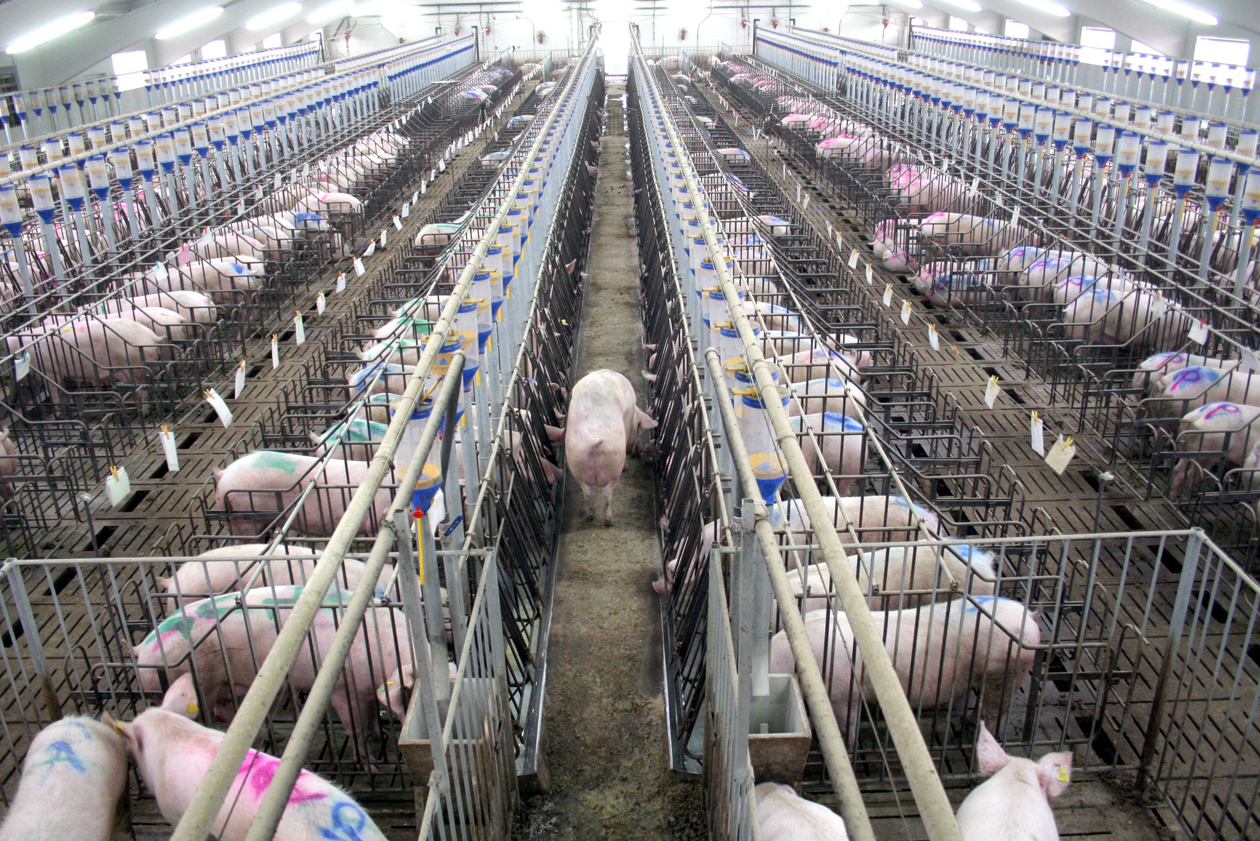A “batch” is understood as a group of animals that are in the same physiological state at a specific time. Batch management in breeder farms allows the organisation of work and is established with the aim of having a global planning of the farm.
Large farms tend to work in weekly bands, planning a weekly weaning day and concentrating most of the farrowings on certain days of the week and most of the coverings on other days. Due to the fact that the covering batches are large, a high number of farrowings and piglets are weaned weekly, which enables a comfortable filling of the transitions. This management facilitates the organisation of days off and concentrates the maternity staff on the busiest days in this area and the gestation staff on the busiest days in the farrowing area.
In small farms, the tendency is to organise the animals in bands of more than 1 week, normally with bands every 3 or 4 weeks. With this type of management, the benefits are the following:
- Organise the work by weeks, so that some weeks will be dedicated exclusively to breedings, others to farrowings and others to weanings, thus optimising labour. Inseminations can be grouped as all the sows in the batch are weaned at the same time, and the gilts that enter this batch will have been previously synchronised hormonally with progestogens, or naturally, controlled by heat detection.
- To bring out more numerous and homogeneous batches of piglets at weaning, thus facilitating the filling of transitions and reducing the number of trucks entering the farm. As instead of going weekly, they will go every 3 or 4 weeks and a higher number of animals will be loaded.
- Sanitation will be more stable because of the all-in-all-out system. In the farrowing house, all piglets will be of the same age and will leave the farrowing house at the same time as the sows. Therefore, the planning of cleaning and disinfection is facilitated. This will avoid mixing of piglets of different ages, which reduces the possible transmission and recirculation of pathogens.
This handling also has some disadvantages such as:
- Those sows that are left behind must be hormonally synchronised in order to be able to introduce them in the next mating batch.
- The management of farrowing is complicated by the fact that farrowing takes place on almost the same days, so there will be no variation in piglet ages or sow lactation days.
- On farms that are already in production, if a switch to banded management is made every 3 to 4 weeks, a reduction in production can be observed for several batches, mainly in terms of fertility, until the productive batches settles down.




